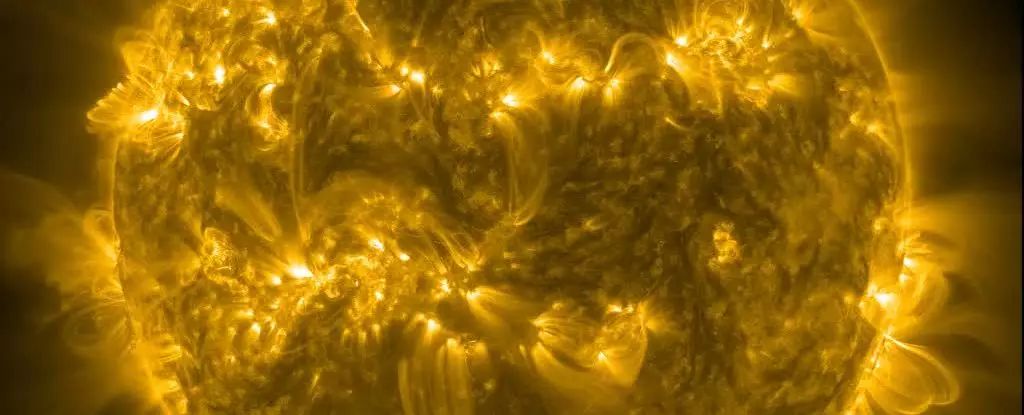The Sun is the cornerstone of our solar system, providing light and heat to all the planets. But have you ever wondered about the intricate relationship between the Sun and the planets? Recent studies have shed light on the possibility of planetary influences on the Sun’s activity cycles, challenging our understanding of the solar system.
Unraveling the Sun’s Heartbeat
The Sun’s activity cycles, such as the 11-year Schwabe cycle, have long been a subject of intrigue for researchers. The conventional explanation revolves around the Sun’s internal dynamo generating these cycles. However, a team of researchers, led by Frank Stefani, has proposed a controversial planetary hypothesis that suggests a gravitational interaction between the Sun and Venus, Earth, and Jupiter may also play a role in shaping these cycles.
Every 11 years, the Sun undergoes a mesmerizing transformation, from the quiet solar minimum to the fiery solar maximum. This cycle is marked by fluctuations in sunspots, solar flares, and coronal mass ejections, culminating in a peak of solar activity. The Sun’s poles reverse their polarity, and the cycle begins anew, creating a rhythmic dance that has puzzled scientists for years.
So, where do the planets fit into this cosmic puzzle? The alignment of Venus, Earth, and Jupiter every 11.07 years seems to coincide with the timing of the solar minimum, exerting a subtle gravitational force on the Sun. While this effect may seem insignificant, it could serve as a catalyst in synchronizing the Sun’s internal dynamo with the planetary movements, leading to the regularity of the Schwabe cycle.
Recent findings by Stefani and his team have provided fresh insights into this planetary influence. Giant vortical waves in the Sun, known as Rossby waves, have been identified as the possible carriers of energy transfer from planetary alignments to the Sun. These waves, similar to Earth’s atmospheric Rossby waves, could be the missing link in understanding the synchronization of solar cycles and the emergence of shorter Rieger cycles.
Through meticulous mathematical modeling, the researchers have established a correlation between planetary alignments and the Schwabe and Rieger cycles. Furthermore, they have identified a 193-year Suess-de Vries cycle, which aligns with the Sun’s magnetic field fluctuations. This intricate interplay between planetary alignments and solar cycles paints a fascinating picture of the Sun’s responsive nature to celestial movements.
While the influence of planets on the Sun may seem far-fetched, the evidence presented by Stefani and his team is compelling. The notion that our solar system’s dynamics are intertwined with planetary positions challenges our conventional understanding of the Sun’s behavior. As we delve deeper into this cosmic connection, we are reminded of the vast complexities of the universe and the endless possibilities that await discovery.
The Sun’s heartbeat may be more multifaceted than we previously thought, with planetary influences adding a new dimension to our understanding of solar activity. The ongoing research in this field opens up a world of possibilities, inviting us to explore the intricate dance between the Sun and the planets in our solar system. As we continue to unravel the mysteries of the cosmos, one thing is certain – the celestial bodies above us hold many secrets waiting to be unveiled.


Leave a Reply